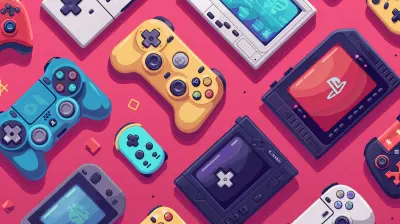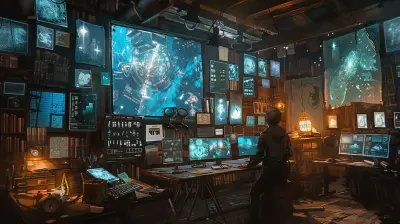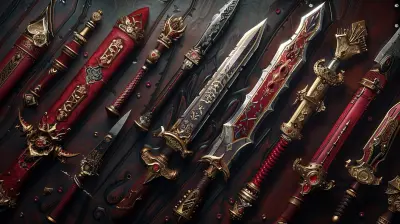The Evolution of Graphics in Racing Games
26 May 2025
Racing games have come a long way, haven’t they? If you’re anything like me, you’ve probably spent countless hours gripping a controller, bracing yourself as if you’re about to actually take that sharp corner at 200mph. Over the years, these games have gone from blocky, pixelated tracks to hyper-realistic visuals that can fool even the most discerning eye. The evolution of graphics in racing games isn’t just about better tech; it’s about pushing boundaries, breaking barriers, and making us feel like we’re behind the wheel of an actual car.
Let’s dive into the fascinating journey of how graphics in racing games have evolved across decades. Buckle up—it’s going to be a thrilling ride! 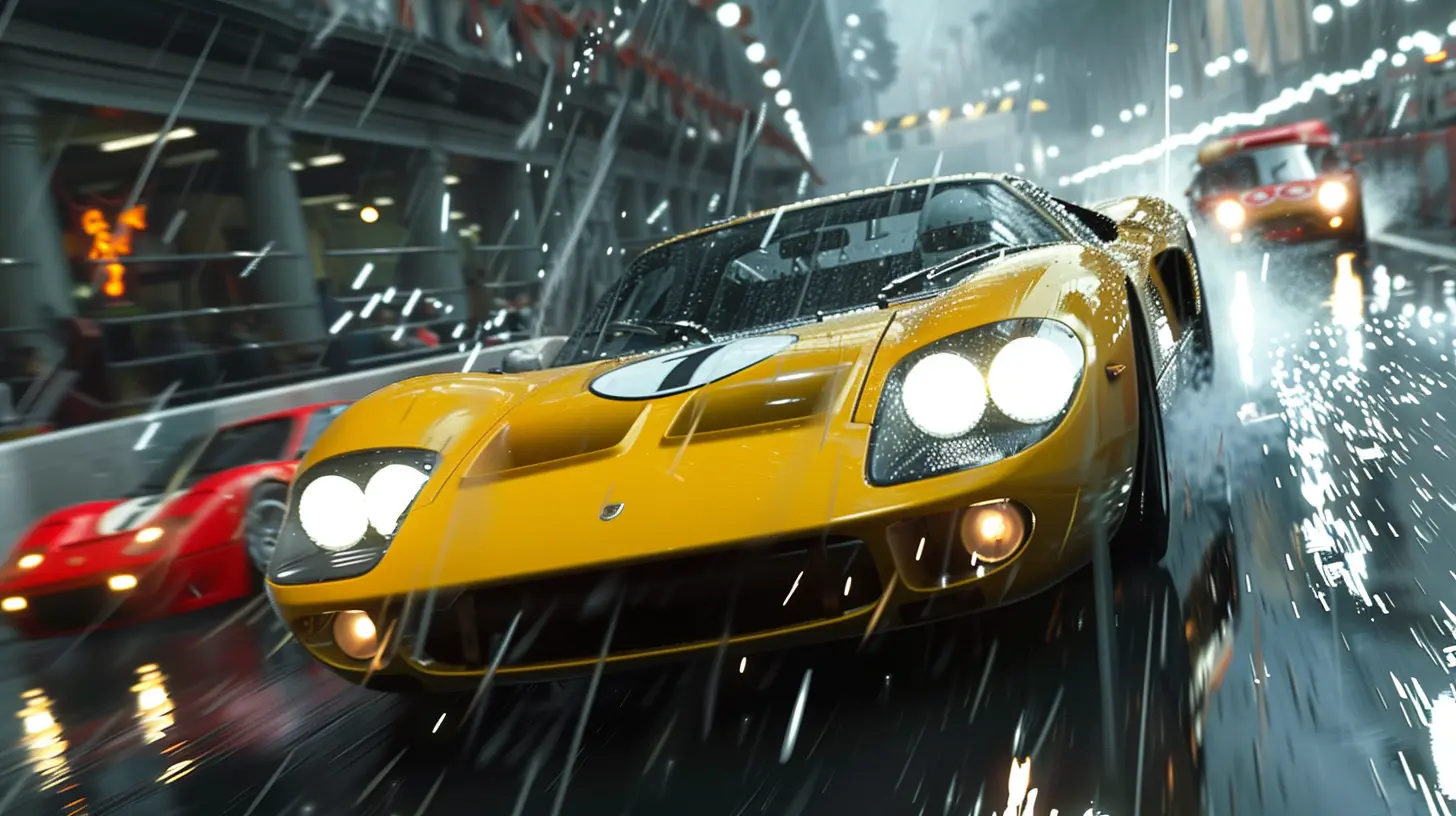
The Dawn of Racing Graphics (The 1970s and 1980s)
Ah, the good ol’ days. Well... sort of. If you think about it, the early racing games were nowhere near as visually stunning as what we have today—but for their time? Absolute genius.The Pixelated Beginnings
The first racing games were simple. Super simple. Think of "Gran Trak 10" (1974) or "Night Driver" (1976). These were arcade games that consisted of white dots and lines representing the road. The cars? Just blocks. No shadows, no textures—just black-and-white simplicity.But let’s not dismiss their charm! These games weren’t about realism; they were about innovation. The graphics were basic, but they laid the foundation for what was to come.
Top-Down Perspectives and Sprites
By the time the 1980s rolled around, we saw games like "Pole Position" and "Out Run." These gems introduced colorful sprites and a sense of speed. "Out Run," in particular, was a game-changer. With its pseudo-3D graphics, players finally got to experience the thrill of the open road, complete with palm trees and sunsets. Sure, it wasn’t realistic—cars felt more like cardboard cutouts—but it was a step in the right direction.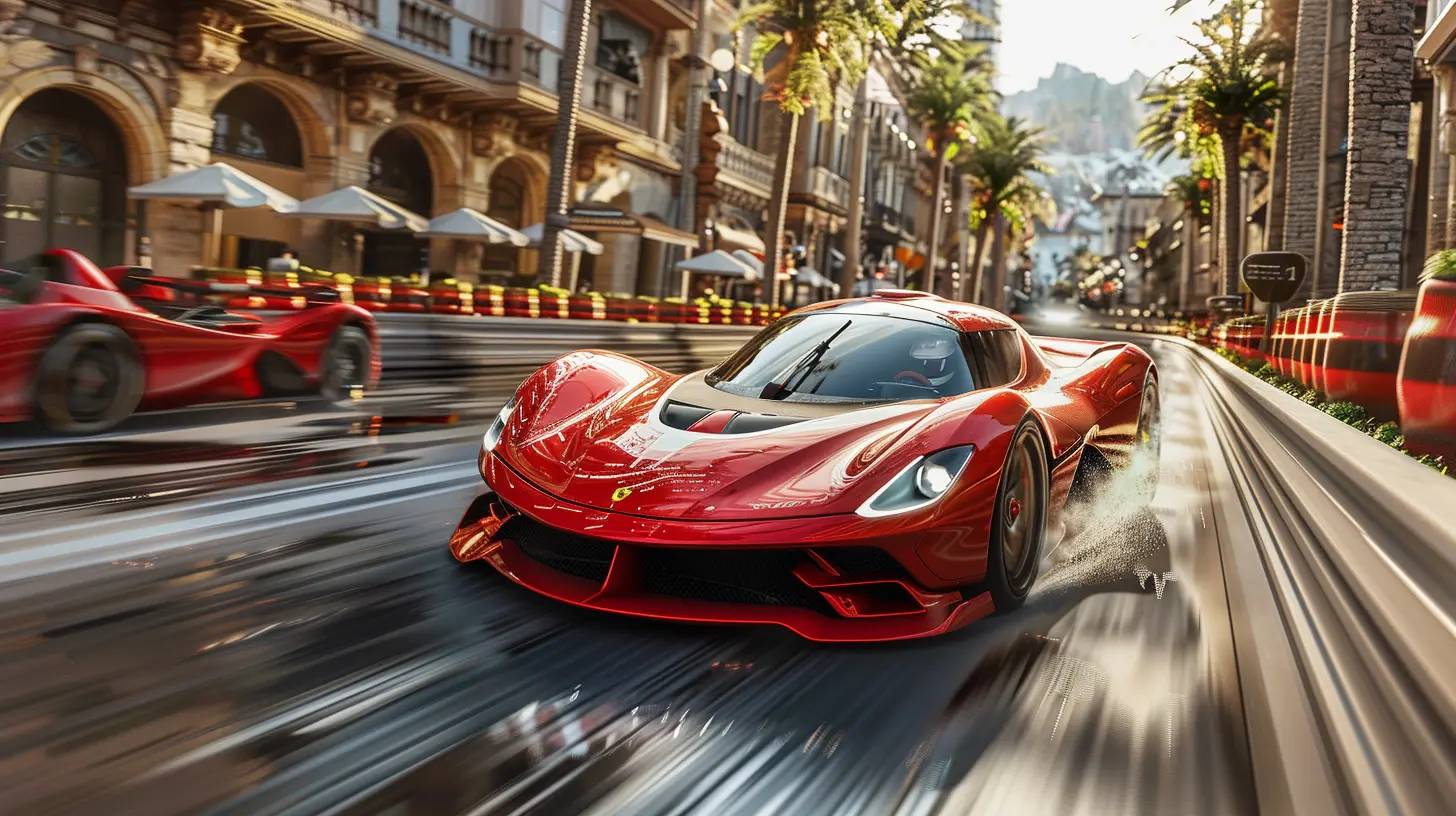
The 3D Revolution (The 1990s)
Now, this is where things started to get interesting. The ‘90s were a turning point for gaming in general, but racing games? Oh, they leveled up big time.Polygon Power
Remember "Virtua Racing"? Released in 1992, this was one of the first games to fully embrace 3D polygonal graphics. Sure, the cars looked a bit like origami sculptures, but this was revolutionary. For the first time, racing games had depth. The tracks weren’t just flat lines—they had hills, slopes, and curves that felt alive.And then there was "Ridge Racer" (1993). This arcade racer brought smoother textures, dynamic lighting, and an atmosphere that screamed adrenaline.
Console Wars and Graphics Evolution
The arrival of the Sony PlayStation and Sega Saturn sparked a new era. Racing games like "Gran Turismo" (1997) and "Sega Rally Championship" (1994) showed just how far graphics had come. "Gran Turismo," in particular, was a masterpiece. With its meticulously modeled cars and realistic tracks, it set a benchmark for photorealism.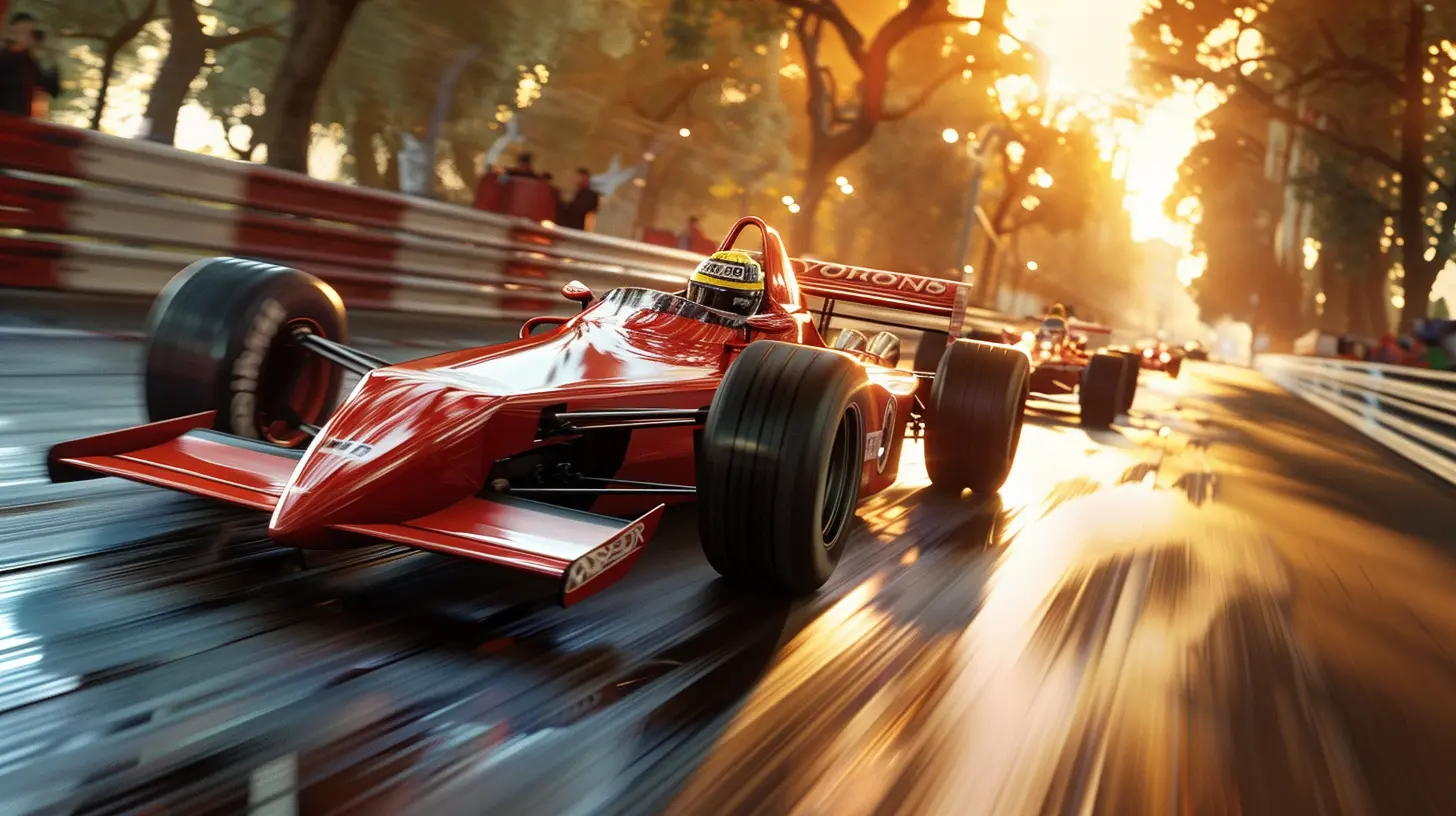
High-Definition Realism (The 2000s)
Ah, the 2000s. The golden era where racing games started to look so good you’d have to do a double take. This decade saw the rise of HD gaming, more powerful consoles, and the introduction of advanced rendering techniques.The Gran Turismo vs. Forza Debate
Ask any racing fan from the 2000s, and they’ll tell you about the rivalry between "Gran Turismo" and "Forza Motorsport." These two franchises pushed each other (and the industry) toward insane levels of graphical fidelity.With the PlayStation 2 and Xbox systems, these games could now render realistic lighting, detailed car interiors, and even reflections. Suddenly, it wasn’t just about the cars—it was about the environment. Trees swayed, tires kicked up dirt, and the sun glared in your eyes.
Arcade Racers Upping Their Game
While simulators were chasing realism, arcade racers like "Burnout" and "Need for Speed" were focusing on over-the-top visuals and effects. Burnout’s slow-motion crash sequences? Chef’s kiss. Need for Speed’s neon-lit underground races? Iconic.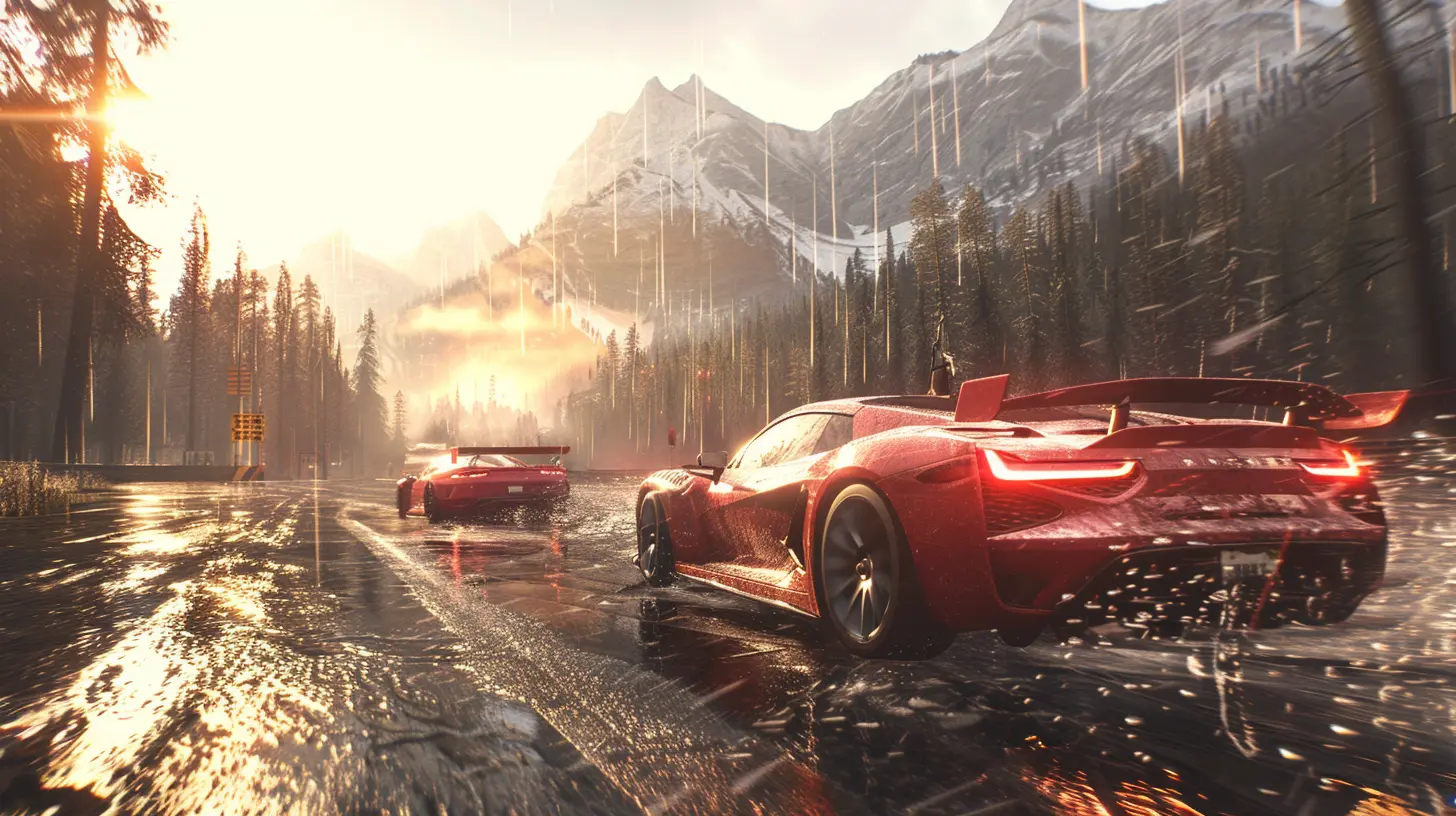
Hyper-Realism and Beyond (The 2010s and 2020s)
Fast forward to today, and racing game graphics are on a whole new level. Honestly, if you compare a modern racing game to one from the ‘80s, you’d think you’re looking at two entirely different mediums.Photorealism in Full Force
Games like "Forza Horizon 5" and "Gran Turismo 7" have taken photorealistic graphics to new heights. Cars are modeled down to the tiniest bolt. Raindrops bead on windshields. Puddles reflect surroundings with jaw-dropping accuracy. It’s not just about how good the cars look, either—the environments are stunning. From lush forests to sprawling cities, every detail is meticulously crafted.Ray Tracing and Dynamic Lighting
Ray tracing. If you’ve spent any time geeking out over graphics, you’ve probably heard this term. It’s a rendering technique that simulates how light behaves in the real world, and it’s a game-changer. Modern racing games use ray tracing to create ultra-realistic lighting, shadows, and reflections. You know those moments when the sun sets and casts an orange glow on your car in "Forza Horizon"? That’s ray tracing working its magic.Virtual Reality and Immersion
VR racing games like "Project CARS" and "Assetto Corsa" take immersion to a whole new level. Strap on a VR headset, and you’re no longer holding a controller—you’re sitting in the driver’s seat. Combine VR with stunning graphics, and you have an experience that’s incredibly lifelike.What Does the Future Hold?
So, where do we go from here? Honestly, it’s hard to imagine graphics getting any better, but if history has taught us anything, it’s that developers will always find a way to outdo themselves.AI and Procedural Generation
With artificial intelligence becoming more prominent, we might see racing games where tracks and environments are procedurally generated in real-time. Imagine a game that creates a unique, photorealistic racetrack every single time you play.True-to-Life Simulations
We’re already close, but future racing games might be indistinguishable from real life. With next-gen hardware, we’re talking about graphics so detailed you’d swear you’re watching an actual race.Final Lap: Why It Matters
Graphics in racing games aren’t just about looking pretty (although, let’s be honest, that’s a big part of it). They’re about creating an experience. When the visuals are breathtakingly realistic, it makes the game more immersive, more engaging, and just plain fun.Whether you’re a fan of hardcore simulators or arcade thrill rides, there’s no denying that the evolution of graphics in racing games has been nothing short of spectacular. And with every new console generation, there’s always something to look forward to. So grab your controller, rev that engine, and get ready for the next evolution of racing games.
all images in this post were generated using AI tools
Category:
Racing GamesAuthor:

Aurora Sharpe
Discussion
rate this article
3 comments
Vaughn Lawson
The evolution of graphics in racing games mirrors technological advancements and player expectations. As visuals become more immersive, they enhance not just gameplay, but the emotional connection to the racing experience itself.
May 30, 2025 at 2:35 PM

Aurora Sharpe
Thank you for your insightful comment! I completely agree that advancements in graphics have significantly enriched both gameplay and the emotional depth of racing games. It's fascinating to see how technology shapes our gaming experiences.
Mallory Banks
Great read! It's fascinating to see how racing game graphics have transformed from pixelated charm to stunning realism. This evolution truly enhances the immersive experience for players. Keep up the awesome work!
May 29, 2025 at 2:57 PM

Aurora Sharpe
Thank you! I'm glad you enjoyed the article and appreciate the evolution of graphics in racing games as much as I do.
Amy Castillo
Fantastic read! Excited to see how racing graphics continue to evolve. Great insights!
May 26, 2025 at 2:55 PM

Aurora Sharpe
Thank you! I'm glad you enjoyed it and share the excitement for the future of racing graphics!

